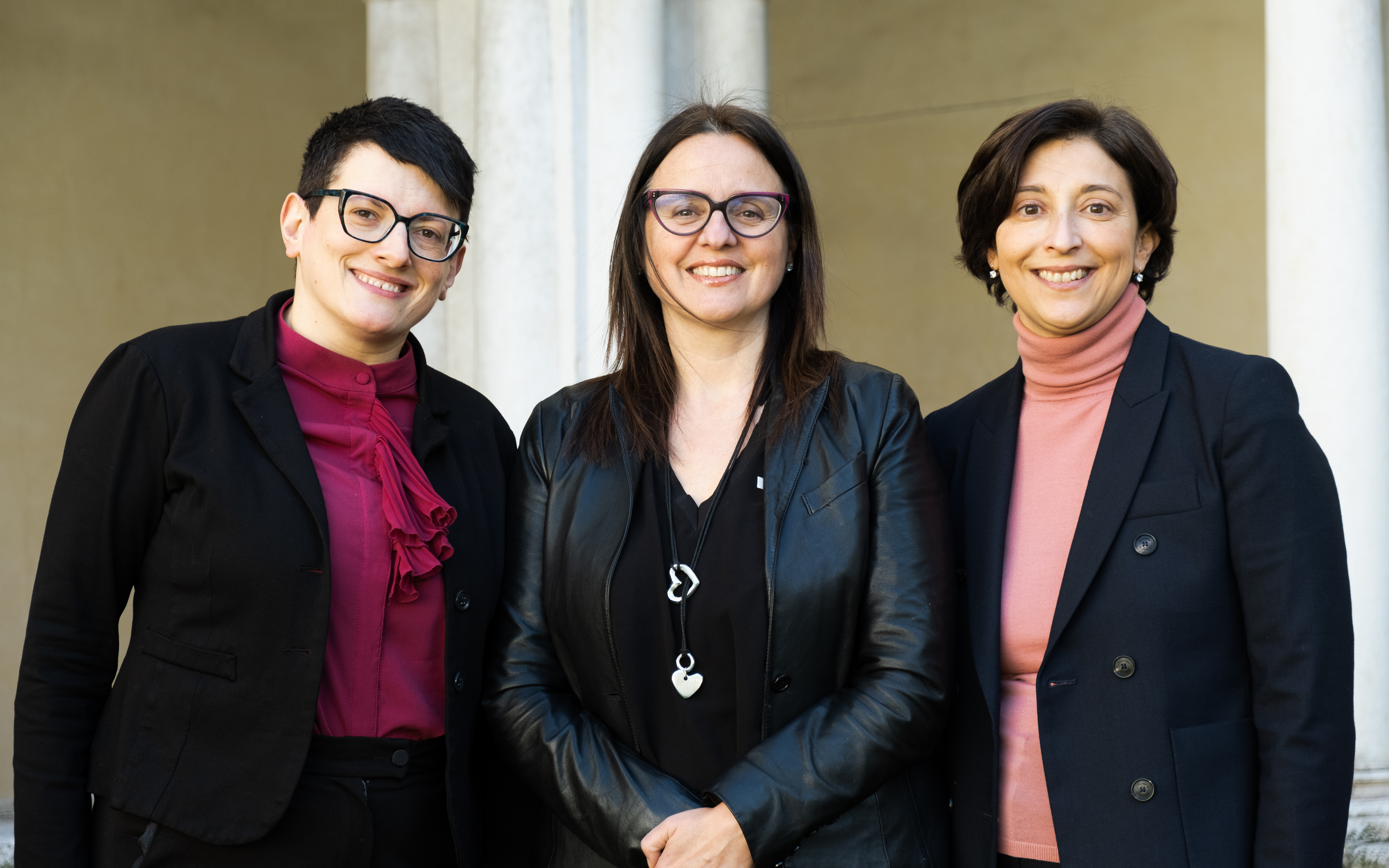The increase in life expectancy and the decrease in birth rates lead to an increase in the average age of the population, with consequent implications for health, well-being and personal autonomy. The aging of the population represents a growing challenge for modern societies. In this context, technological innovation can play a key role in improving the quality of life for the elderly. New technologies can facilitate access to information and services, promote socialization and social interaction and support independence in daily activities.
The Department of Economics and Management at the University of Brescia presents the "Seniors & Technology" project, a research plan aimed at exploring the use of technology in the senior segment to improve their well-being and autonomy. The project is coordinated by Anna Codini, Ilenia Bregoli, and Michelle Bonera. The research work, in this first phase, has focused on the evaluation of the implementation of voice assistants within RSAs. This technology promises to revolutionize the daily life experience of seniors within social care homes, offering an intuitive interface and facilitating access to a wide range of services.
In particular, the research group has started a field survey within an RSA in the Brescia area that has recently introduced Alexa devices, thanks to the support of Dussman Italia and Kursana, as part of the Amazon "Alexa Smart Properties in Senior Living" project. This project, already present in some international contexts for a few years, was launched in Italy at the "Mother Teresa of Calcutta" social care home in Sarezzo (Brescia).
Through this initiative, the University of Brescia aims to identify best practices as well as potential adoption difficulties and, consequently, to propose solutions to facilitate the use of such devices in RSAs.


